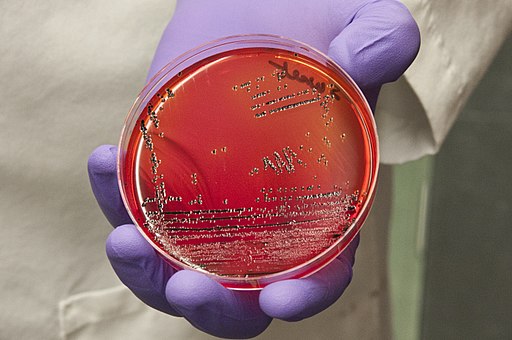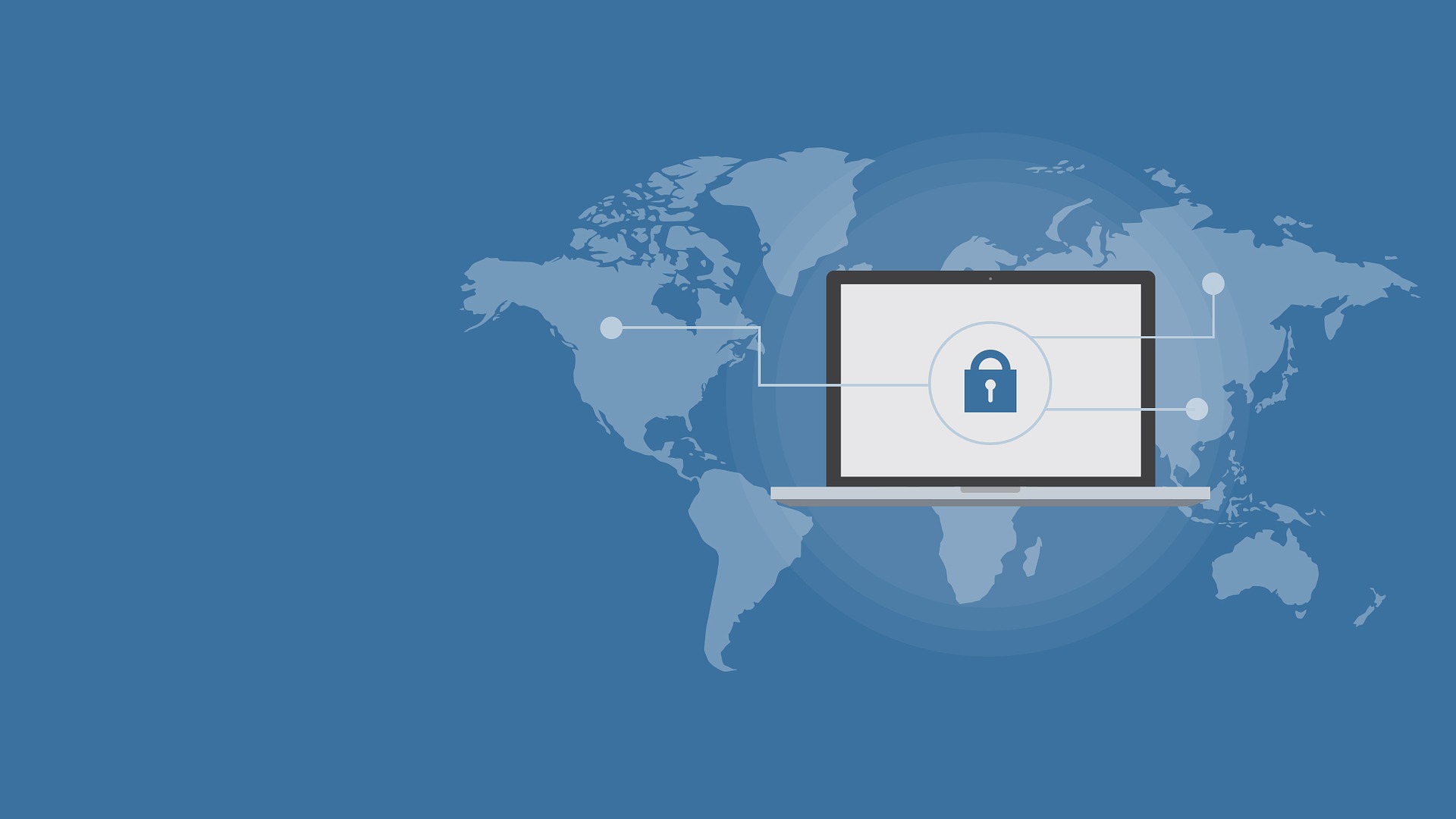Make your business more profitable by creating a cohesive risk management strategy. You’ll need to become proactive to spot and address problems before they occur. Doing so will make your facility run smoothly and prevent disruptions from costing you money.
Unlike other industries, the food processing field can be dramatically affected by adverse conditions in its supply chain. A drought on the other side of the world or road closures in another state could interrupt your operations. When circumstances seem beyond your control, you can still reduce the impact these events have on your business.
If you don’t already have business interruption insurance, you need to purchase a policy today. This plan will cover you in case inevitable problems disrupt your supply chain. It’s one way to plan for the unexpected. This insurance lessens the risk your supply chain represents for your business. It reduces your financial losses in the event of a production stoppage due to supply chain problems.
Food industry businesses rely on the operation of equipment at the facilities. If you have a piece of equipment fail, it could cost you an average of $25 per minute of downtime. The benefits of owning operating equipment, though, outweighs its risks. Mitigating the risks of your equipment starts with maintenance. Properly training your employees in cleaning and maintaining the machines and using the correct equipment lubricants can keep the parts running. But these jobs only go so far.
Regular maintenance can prevent breakdowns. But, occasionally, even well-kept machines can malfunction. To prevent production losses, invest in backup equipment. Additionally, automation can reduce the need for human intervention and reduce operating problems. The downside to this high-tech option is the increased need for highly skilled employees to run it. In the future, though, automation will become the norm in the food industry. To avoid falling behind, consider slowly upgrading.
Spoilage can result from storage equipment failure or an issue with the supply chain. When this happens, you have no choice but to discard the ruined product. Hopefully, none of the tainted food left your facility or you’d also need to deal with a recall. To offset the profit losses, insurers offer food spoilage insurance. This coverage pays you to purchase replacement supplies. It also covers any liability you might have from the incident.

If you think you’re immune from food spoilage and contamination, take a lesson from well-known yogurt brand Chobani. In 2012, the company was named Food Processing’s Processor of the Year. A year later, the company faced a major recall of moldy yogurt produced in its newest facility. Don’t let a similar incident “eat” into your revenue. Insure yourself against the effects food spoilage can have on your business.
A major part of your food safety plan needs to be prevention of outbreaks. Antimicrobial testing of your food products can prevent disasters. Bacteria aren’t just tiny specks — these organisms have specific characteristics a testing company must look for. Some of the more common strains include Staphylococcus, E. coli, Listeria and Salmonella. To prevent contamination, a testing company must tailor its approach to each specific pathogen.
You’ll also need a mitigation plan for recalled products. Recalls happened to 37 million pounds of food from 2015 to 2016, so don’t think you’re immune. The Industrial Internet of Things, or IIoT, can help with recalls. This automation system tracks everything through your supply chain to the consumer. To implement this system, though, you’ll need upgraded software and equipment upgrades.
If you intend to interconnect your equipment, cybersecurity becomes even more important. The software used to keep your facility running stands between you and a cyberattack, especially when your equipment is online. An Enterprise Resource Planning system, or ERP, can run for 10 to 15 years if it’s updated. To protect your facility from digital invaders, keep your systems up-to-date. To fix a security breach, have IT personnel available.

Protecting your facility from cyberattacks is another aspect of protecting the nation’s food supply. Security breaches in the food industry could have devastating consequences for your customers. You must do whatever you can to prevent and quickly recover from attacks. Upgrade your overall system to prevent attacks and invest in insurance to cover the costs of recovery from a system breach.
Risk management starts with prevention and ends with recovery methods. Cutting down on your facility’s risks can prevent financial losses. While problems are never completely unavoidable, having a risk management plan in place can make them easier to overcome.
 Megan Ray Nichols
Megan Ray Nichols
Freelance Science Writer
Megan Ray Nichols is a STEM writer and the editor of Schooled By Science. She regularly writes for IMPO Magazine and American Machinist. For more from Megan, follow her on Twitter, @nicholsrmegan, or subscribe to her blog.
Scott Ellyson, CEO of East West Manufacturing, brings decades of global manufacturing and supply chain leadership to the conversation. In this episode, he shares practical insights on scaling operations, navigating complexity, and building resilient manufacturing networks in an increasingly connected world.